Did you know that many cars of the early 20th century had suicide doors? That’s what they call rear-hinged car doors, because for many decades they were considered to be unsafe. Car manufacturers knew that this design had serious safety drawbacks, but used it anyway. And people loved them.
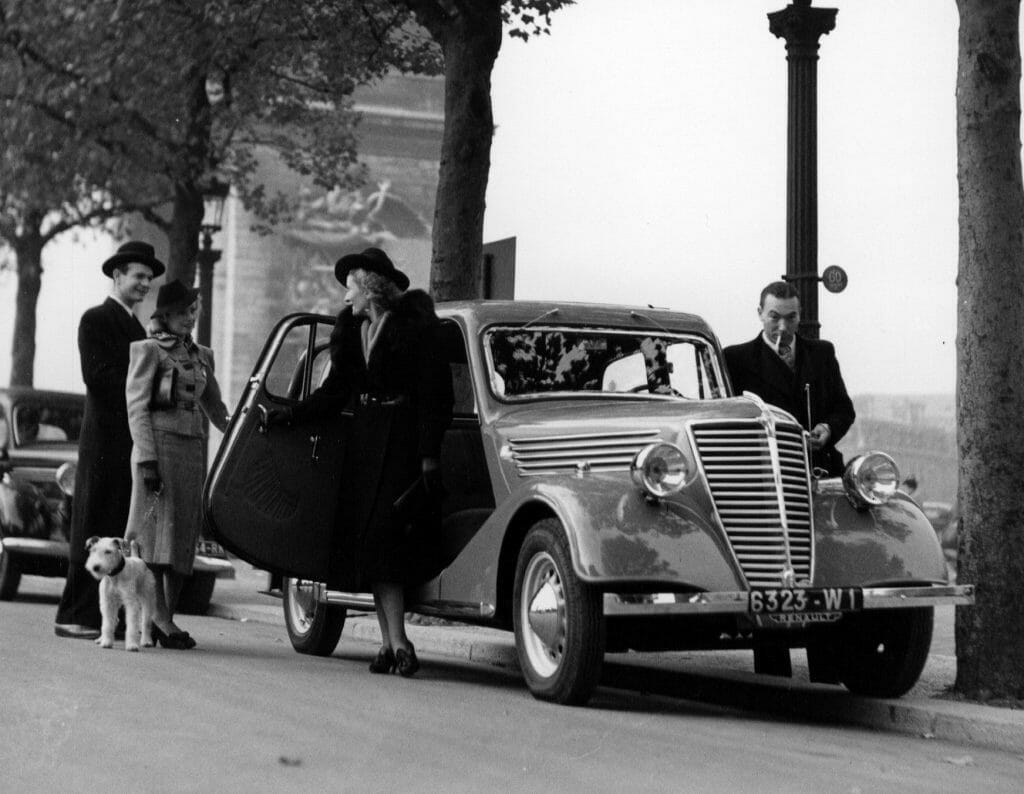
Your car door most likely opens forward – it is front-hinged. Nowadays that’s a standard and we only have a couple of new cars with suicide doors. Front-hinged doors are safer, because if a person accidentally tugged on the handle or the lock broke for some strange reason, they wouldn’t fly wide open in the middle of a highway – airflow would keep them shut. Meanwhile if suicide doors were to open at high speed, airflow would rip them off, potentially dragging out a person who was trying to hold them. Remember – suicide doors were popular at a time, when seatbelts were not a thing.
Despite this obvious safety issue, suicide doors were very popular in the the very early 20th century. While most Ford Model T’s had the conventional front-hinged doors, there were some versions equipped with suicide doors. And European cars like Peugeot Type 159 usually had suicide doors. Before the Second World War front-hinged car doors were more common, but not by a big margin. Luxury cars like the Delahaye 135 or Mercedes-Benz 770 usually had suicide doors. All pre-World War II Tatra cars had rear-hinged doors.
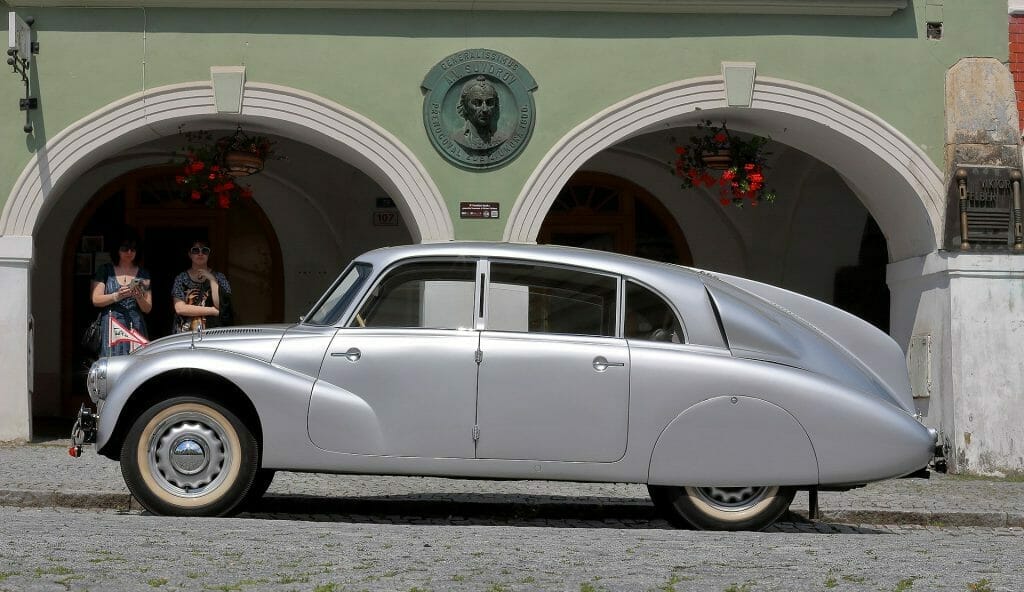
But it’s not even that surprising. A lot of 18-19th century closed horse carriages had rear-hinged doors, and the early cars were based on designs perfected by coach builders. Horse-drawn carriages moved quite slowly and risks associated with doors opening accidentally were pretty small. Meanwhile cars were a different story – even the early small cars were able to reach a considerable speed, which made suicide doors gain their name and reputation.
But those early motoring lessons weren’t learned quickly. Although the popularity of suicide doors declined sharply in the second half of the 20th century, they were not completely abandoned. Citroën, SAAB, Renault and many other manufacturers loved suicide doors for their models. For example, here you see Fiat 500 Topolino, produced between 1936 and 1955. Even after the production of Topolino was finished, Fiat retained the rear-hinged doors in its replacement 1957 Fiat 500. Doors of this iconic car are very thin, and the locks were not very reliable, which resulted in a real safety concern if someone decided to take their Fiat 500 out of the city.

Fiat later corrected this mistake – Fiat 500 produced in 1965-1975 has front-hinged doors. This is actually one of the easiest ways to identify early Fiat 500’s.
Early Fiat 600 (1955-1969) and its close relatives also had suicide doors. Here is a Fiat 600 Multipla that had conventional doors at the back and suicide doors at the front. This design allowed the rear and front door hinges to be attached to one central pillar.
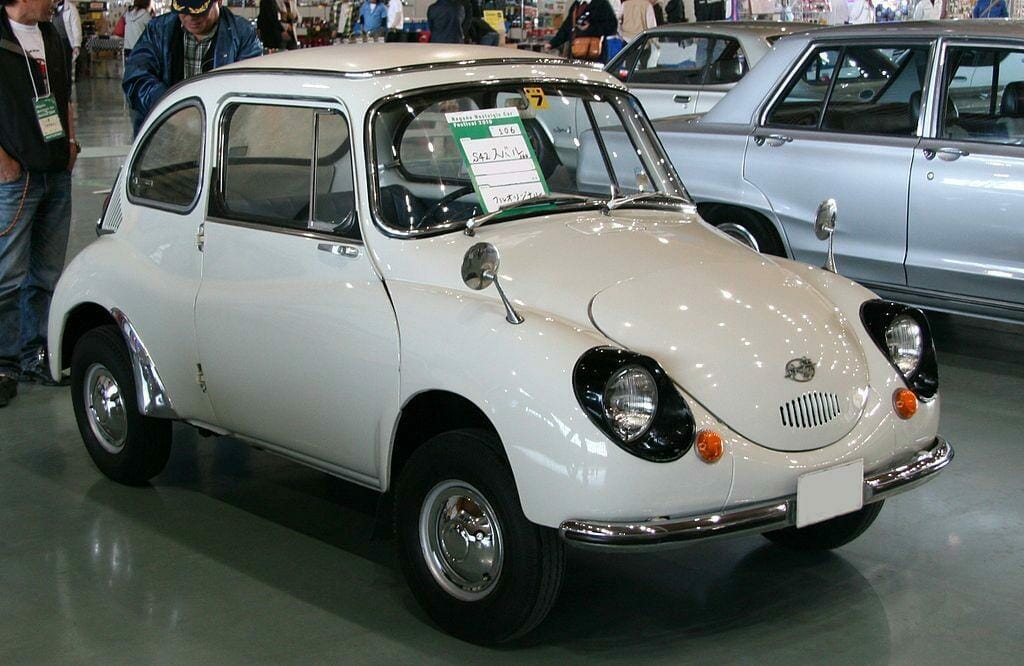
But why did car manufacturers use suicide doors at all if they knew that front-hinged doors are generally safer? What advantages did suicide doors have?
Advantages of suicide doors
Although it might not be immediately obvious, suicide doors are actually a bit more convenient. They open up a wider space in front, so even taller passengers can simply slide into their seats. This is especially important in smaller cars like the Fiat 500.
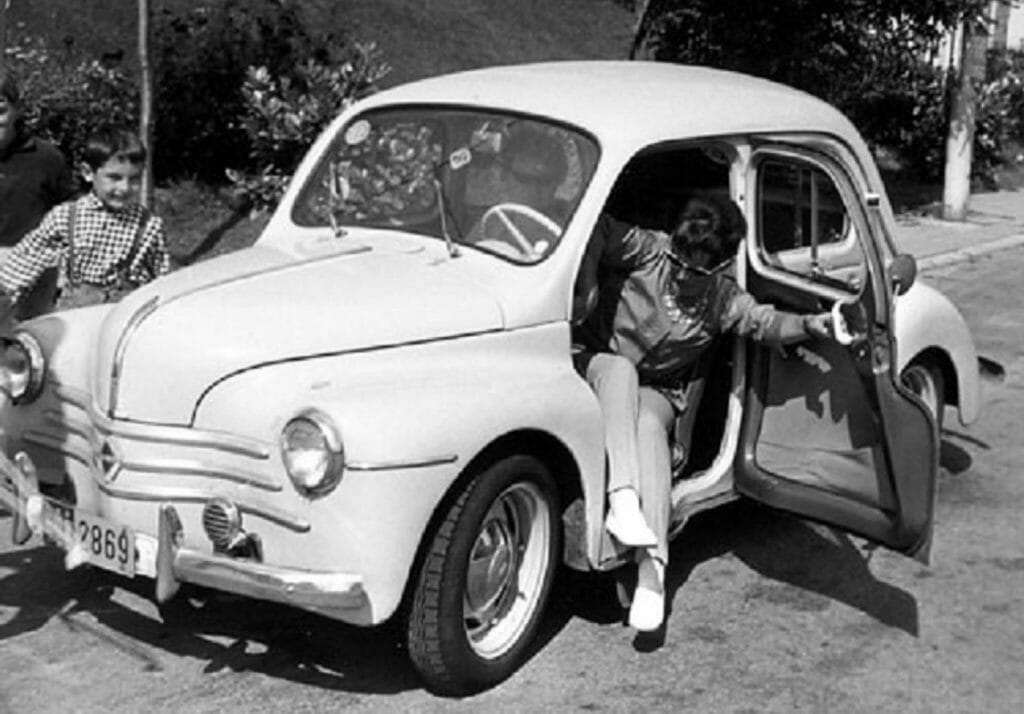
It is easier to open suicide doors from the inside, because they follow the natural rotation of a passenger’s shoulder. In addition, the person sitting in the car does not have to lean forward to reach the handle of the open door in order to close it. Also, it is easier to open them from the inside. Finally, getting out of the car through suicide doors is a little easier because you can step forward instead of sideways – it is more similar to getting up from a chair.

We mentioned Rolls-Royce – this manufacturer of the ultra-luxurious cars is the most famous ambassador of suicide doors in the 21st century. Although rear-hinged doors make getting in and out of the car more convenient, we cannot ignore the fact that it is also a rather distinctive design feature. In other words, in the case of Rolls-Royce, suicide doors provide the uniqueness that buyers of such vehicles obviously desire.
Rear-hinged doors also allowed manufacturers to fit the hinges on a stronger and straighter central pillar. This was particularly important for budget car manufacturers as it simplified the geometry of the doors. Of course, that advantage disappeared when manufacturers had to start paying attention to car safety.
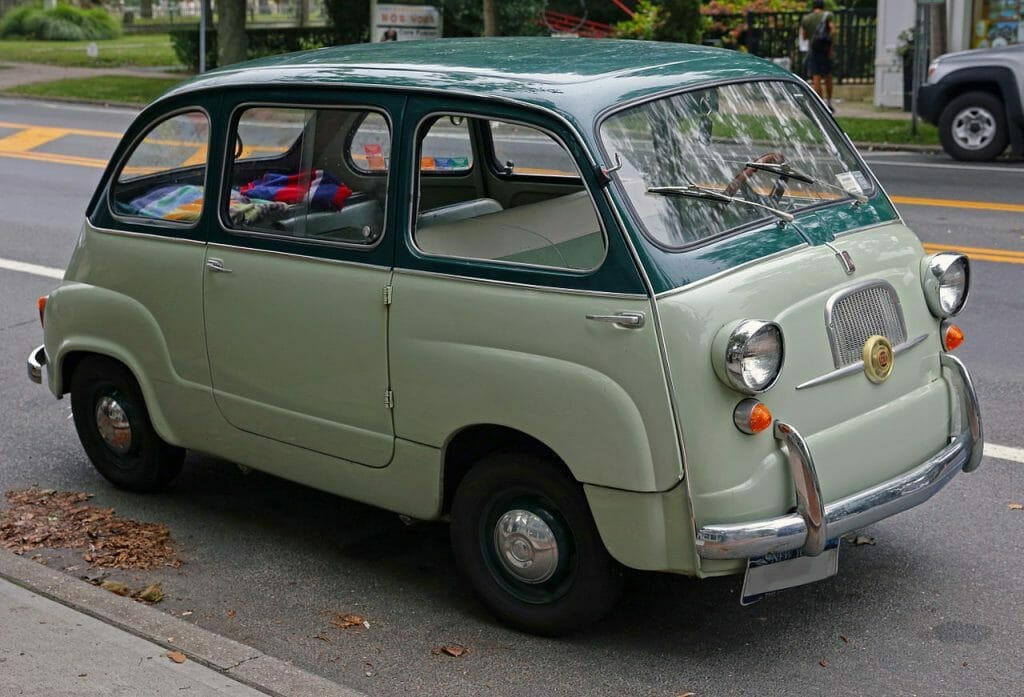
Many cars have suicide doors only in the back – in that case the front and rear doors open in opposite directions. For example, the fourth generation Lincoln Continental (1961-1969) convertible features that kind of barn-door configuration. British Austin FX4, better known as the London Taxi, also has rear-hinged rear doors, which help passengers to get in and out quickly, but also allow the driver to reach the rear door handle without leaving his seat.
Some minivans intended for families (for example, Opel Meriva) have back suicide doors. They create a very wide opening, which, for example, helps install a child seat.
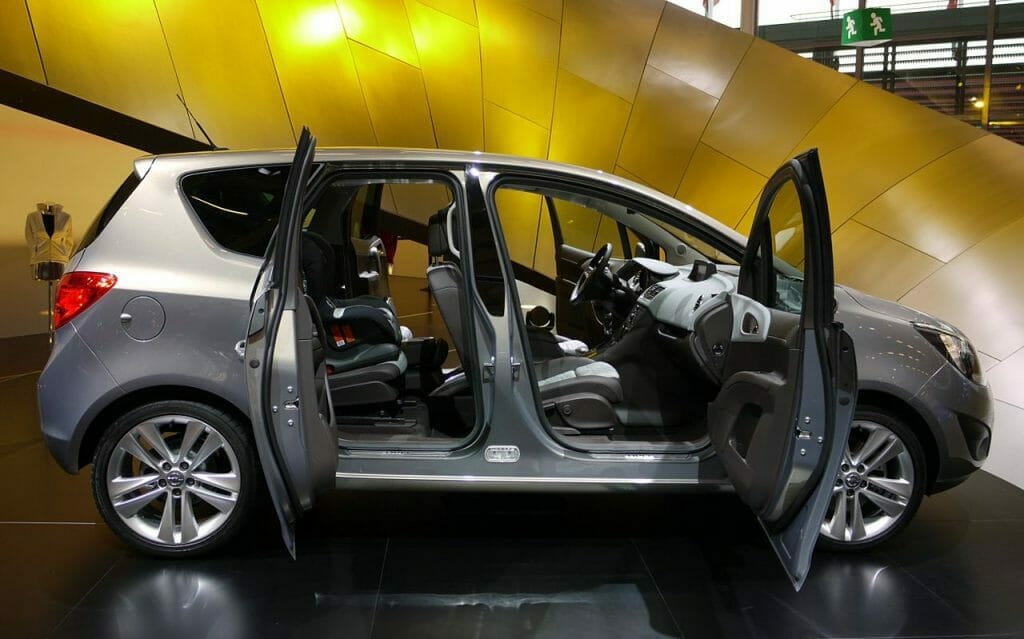
Sometimes the suicide doors at the back are very small and can only be opened when the front doors are already adjar. Mazda RX-8 and MX-30, BMW i3, Honda Element, Toyota FJ Cruiser and many pickup trucks have such doors. This design essentially solves the safety issue of suicide doors, but there are other ways to make them safe as well.
Modern suicide doors are no longer unsafe
Modern suicide doors are no longer dangerous. They are large, heavy and fit perfectly – the wind doesn’t have anything to catch to tear them open. Modern engineering, aerodynamics and safety standards have made suicide doors very safe.
However, suicide doors are still not very popular because they have some disadvantages. For example, they can be hard to open in tight spaces. That’s why Rolls-Royce coupes fold their mirrors as door open.
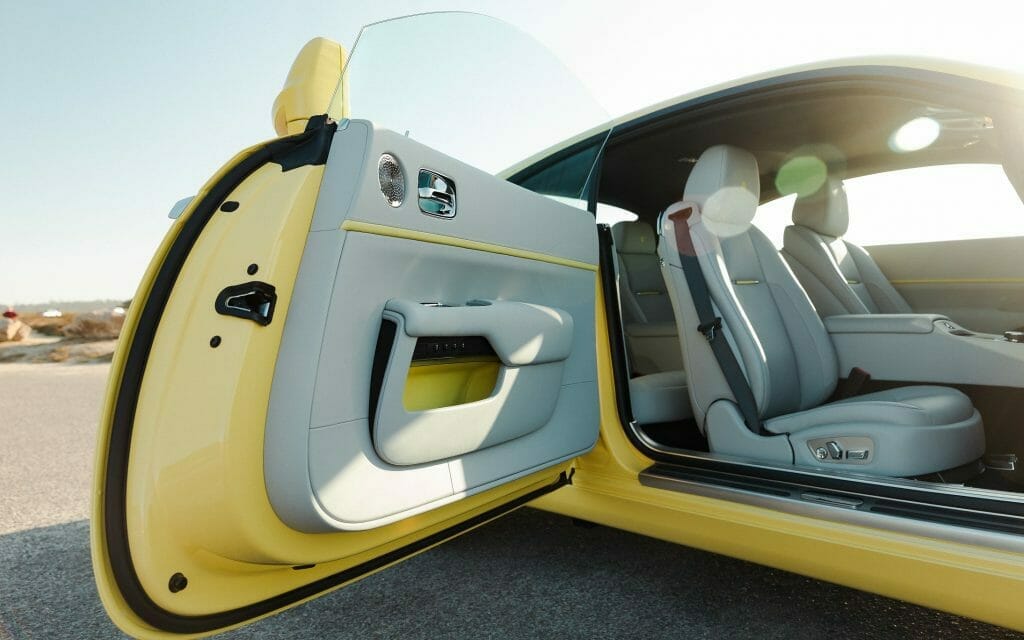
Rear-hinged doors are also more expensive, because they require a completely different design. For example, if it was decided that the next-generation Audi A8 will have suicide doors, engineers would have to rethink the entire structure of the car, since the weight of the doors would be supported by a different pillar. It would require additional testing, different assembly methods and so on – benefits of suicide doors are not big enough to justify those costs. Rolls Royce Ghost and BMW 7-series are related cars, but only one of them has rear-opening doors, and it’s not a BMW – it’s the more expensive car
The advantages of suicide doors are few and far between. You’re probably even surprised to read that they’re more comfortable to use, because we’re just used to conventional doors and getting in and out of a car is an automatic action for you. Therefore, in most cases the effort and investment required to design, manufacture and install a rear-hinged door is simply not worth the tiny benefits.




